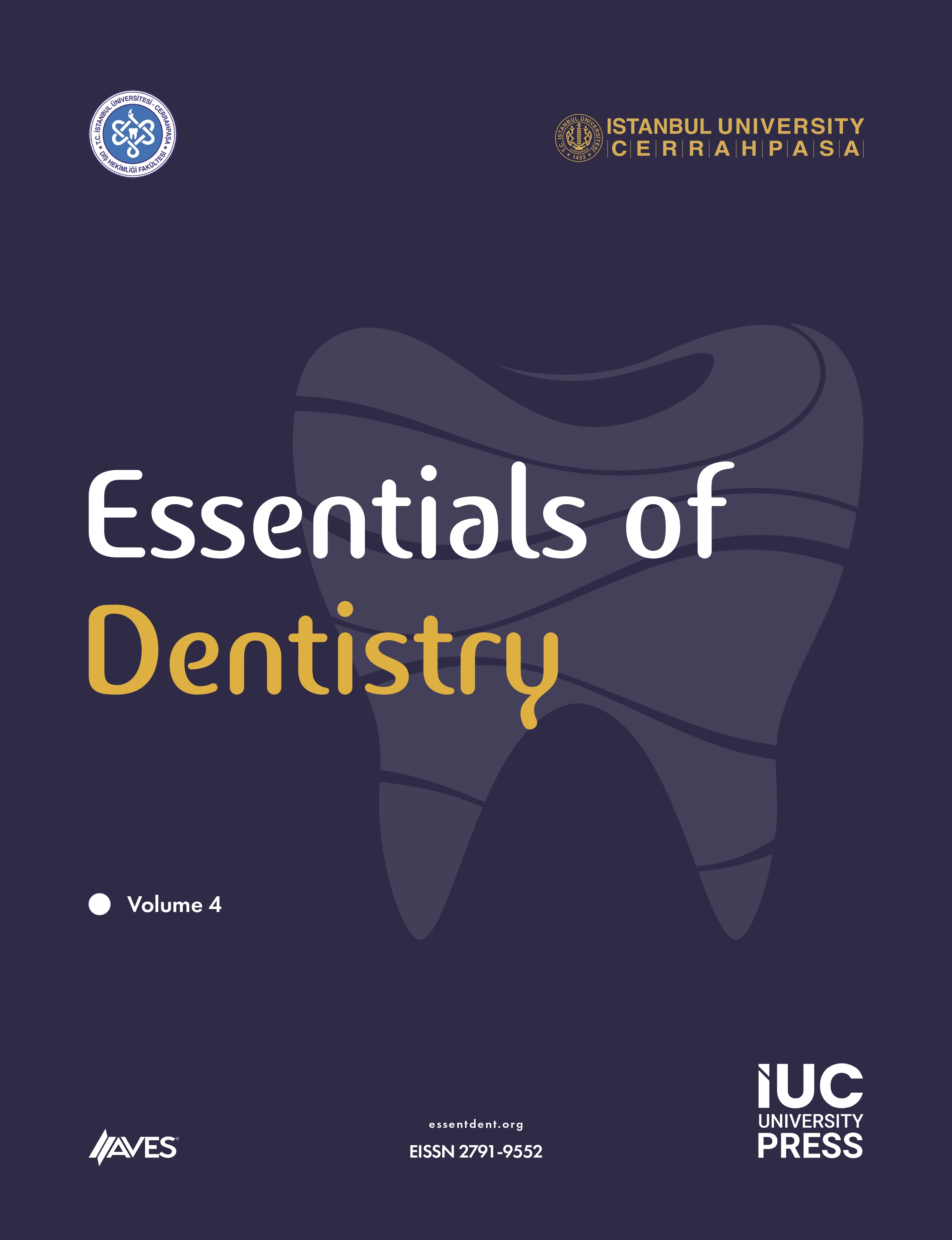Objective: This paper presents the cytotoxic evaluation of the BACCOR biopharmaceutical, developed to promote the biocorrosion of fractured endodontic files inside the root canal.
Methods: The cytotoxicity of bacterial extracts from supernatants was evaluated in sulfate reducing bacteria (SRB) cultures of Desulfovibrio desulfuricans, oral and environmental strain, and Desulfovibrio fairfieldensis, correlating with the analysis of chemical species obtained in dispersive energy spectrometry (EDS) on RX in the scanning electron microscope (SEM). L929 and Vero cell lines were used for MTT cytotoxicity tests. Test compounds were prepared from three bacterial strains in Modified Postgate E culture media without Agar-agar (MCP-E without Ag) and Postgate C medium without Agar (MCP-C without Agar). They were analyzed for chemical species in SEM EDS mode and correlated with cytotoxicity results.
Results: The test compounds with MCP-E s/Ag showed the best results regarding cell viability when compared to the other compounds. As for chemical analysis, the highest concentrations of Sulfur (S) were in the test compounds with the lowest cell viability.
Conclusion: The test compounds derived from bacterial metabolic products of SRB strains showed better results when employed with MCP-E s/Ag, with moderate cytotoxicity which makes this type of inoculum acceptable as a biomaterial.
Cite this article as: Heggendorn FL, Carvalho da Silva GC, Gonçalves LS, Cravo Junior WB, Soares Lutterbach MT, Freitas Lione VO. Cytotoxicological Correlation with Baccor Biopharmaceutical Mass Spectrometry-Analysis of 7 Day Bacterial Extracts. Essent Dent. 1(2):55-61.






